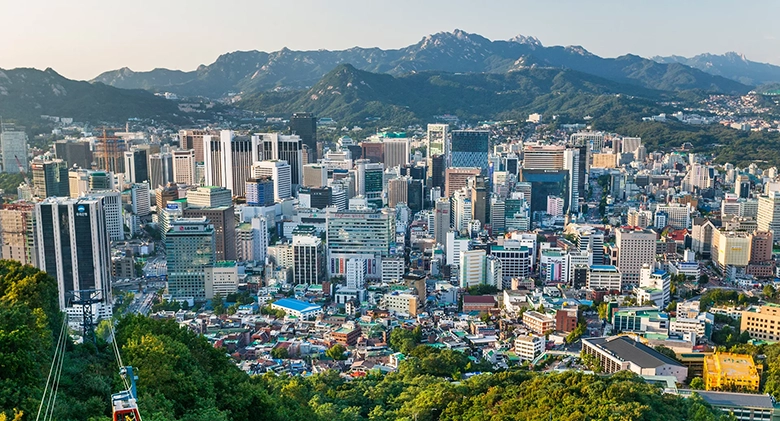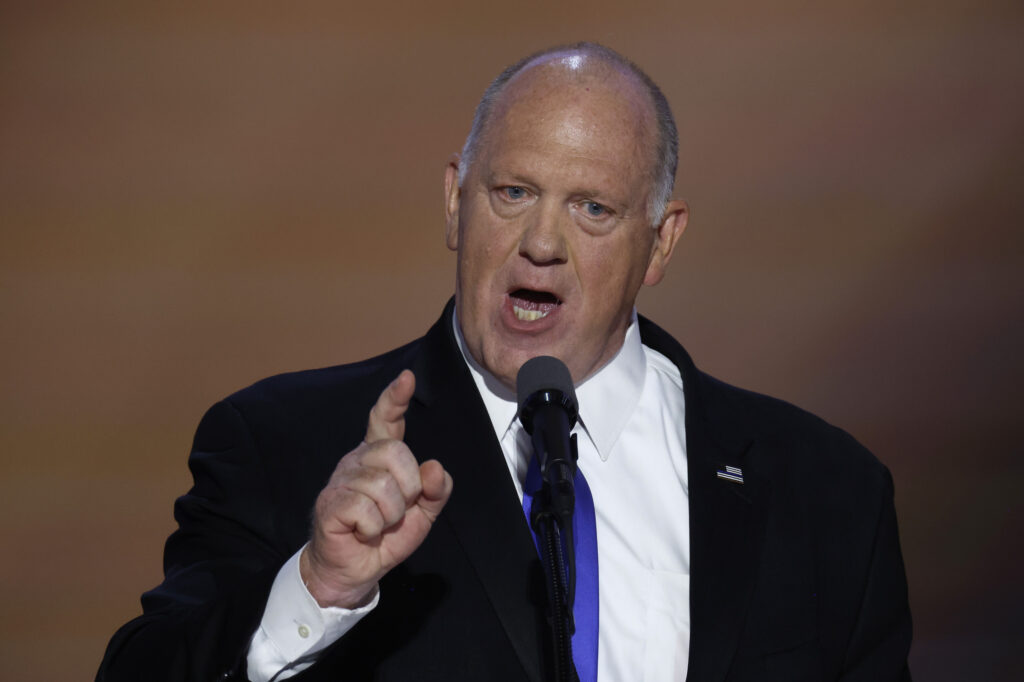Virgin Galactic seeks to raise money to accelerate growth of spaceplane fleet

Top Stories Tamfitronics

WASHINGTON — Virgin Galactic is proposing to raise $300 million in additional capital to accelerate production of suborbital spaceplanes and a mothership aircraft the company says can fuel its long-term growth.
In a Nov. 6 earnings call to discuss the suborbital spaceflight company’s third quarter financial results, Virgin Galactic executives said that while work on the first two Delta-class spaceplanes remains on budget and schedule, they see an opportunity to raise money to add vehicles to the fleet sooner that previously planned.
“We have an exciting opportunity to captures economies of scale from our existing investments,” Michael Colglazier, chief executive of Virgin Galactic, said during the call of those plans.
The company had planned to use revenue from operations of its first two Delta-class spaceplanes, the first of which will start flying commercially in 2026, to fund development of future vehicles. But the company now says it wants to raise money to speed up work on two more Delta-class vehicles and a second mothership, allowing them to enter commercial service in 2028, two years earlier than previously projected.
“The growth capital we plan to employ will allow Virgin Galactic to deliver a second mothership and two additional spaceships much earlier than if we were to fund these ships solely through organic growth,” he said.
A second pair of spaceplanes, along with a second mothership, would result in a “fully utilized” Spaceport America in New Mexico, said Doug Ahrens, chief financial officer of Virgin Galactic. That would double the revenue over a two-spaceplane facility but quadruple earnings before interest, taxes, depreciation and amortization (EBITDA) because fixed costs are spread over more flights.
“From there, our first fully utilized spaceport becomes the economic engine that generates more than enough cash flow to expand to other spaceports around the globe,” he said, a plan the company discussed in its previous earnings call in August.
Ahrens said the company needs to raise $300 million to accelerate work on the additional spaceplanes and mothership. He didn’t disclose a schedule for raising the money other than to say the company had “flexibility” on when to raise it based on its existing cash, which is sufficient to bring the first two Delta-class vehicles into service. Virgin previously stated that having two vehicles in service would generate positive cash flow for the company.
Most of the additional capital would go towards development of a second mothership that will look similar to VMS Eve, the company’s current aircraft that has been used on SpaceShipTwo flights and will be used by the first two Delta-class vehicles. Virgin Galactic plans to begin design work on the plane in 2025, moving into production in 2026 and testing in 2027 before entering commercial service in 2028.
The company will build that plane internally, taking advantage of an engineering and production workforce that will be moving off work developing the Delta-class spaceplanes. Virgin Galactic previously contracted with Aurora Flight Sciences, a Boeing subsidiary, to produce new motherships, but that agreement fell apart and led to dueling lawsuits by Boeing and Virgin.
Virgin later dropped its suit against Boeing, electing to instead defend Boeing’s suit. According to Virgin’s Nov. 6 10-Q filing with the Securities and Exchange Commission, the companies finalized a settlement agreement Oct. 31 and Boeing’s suit was dismissed Nov. 4. The filing did not mention terms of the agreement and Virgin executives did not mention it in the earnings call.
Colglazier said that work on the first Delta-class vehicles is going well, with subcontractors Bell Textron and Qarbon Aerospace making progress on tooling and parts for the vehicles. Assembly of the first Delta-class vehicle remains on schedule to begin in the first quarter of 2025 at the company’s new facility near Phoenix, with rollout and ground tests slated for the second half of 2025.
He hinted at some issues in the development of some components that required design revisions by Virgin, working with Bell and Qarbon. “Together, we’ve been able to resequence elements within our build planning to maintain overall program momentum and delivery within our expected timelines.”
Virgin reported revenue of $402,000 in the third quarter and a net loss of $74.5 million. The company ended the quarter with $744 million of cash and equivalents on hand.

Jeff Foust writes about space policy, commercial space, and related topics for SpaceNews.He earned a Ph.D. in planetary sciences from the Massachusetts Institute of Technology and a bachelor’s degree with honors in geophysics and planetary science…More by Jeff Foust
Discover more from Tamfis Nigeria Lmited
Subscribe to get the latest posts sent to your email.



 Hot Deals
Hot Deals Shopfinish
Shopfinish Shop
Shop Appliances
Appliances Babies & Kids
Babies & Kids Best Selling
Best Selling Books
Books Consumer Electronics
Consumer Electronics Furniture
Furniture Home & Kitchen
Home & Kitchen Jewelry
Jewelry Luxury & Beauty
Luxury & Beauty Shoes
Shoes Training & Certifications
Training & Certifications Wears & Clothings
Wears & Clothings
















